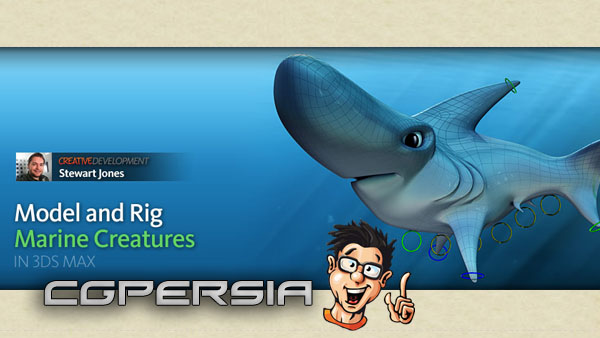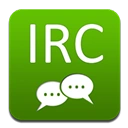
Digital-Tutors – 10 Tips and Tricks for Compositing 3D Renders in Maya and NUKE
Advanced | 1h 19m | 381 MB | Project Files 66 MB | Required Software: Maya 2012 and NUKE 6.3v1
In this series of lessons, we?ll learn ten tips and techniques you can apply to any Maya / NUKE composting project to speed up your workflow and create a higher quality composite.
We’re going to be covering many topics, such as why we break Maya scenes into layers, getting the most information out of Maya for high dynamic range composites and how to process EXRs for much faster interaction in NUKE. From there we’ll examine some render pass and layer workflows that will eliminate errors and give us much more flexibility in NUKE. Finally we’ll jump completely into NUKE and look at some compositing techniques for CG renders and finally unravel the proper premultiply workflow.
Home: http://www.digitaltutors.com/11/training.php?pid=532
Download:
http://www.url-dead/folder/12767901
http://www.wupload.com/folder/671045
http://filepost.com/folder/f2997a9d
http://fileserve.com/list/QHWaQ7P
http://oron.com/folder/ganxn2tlih















